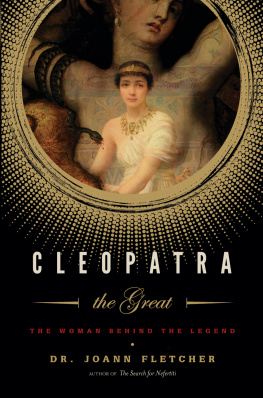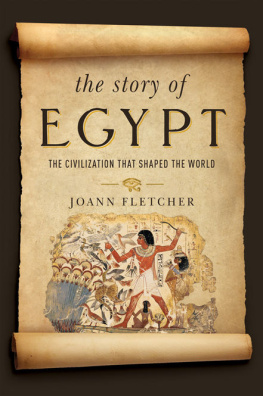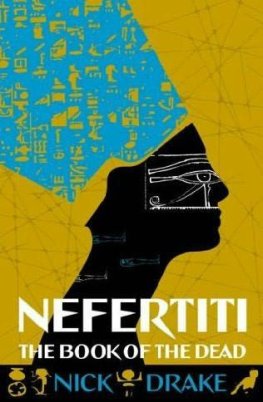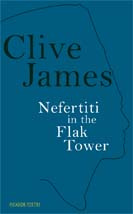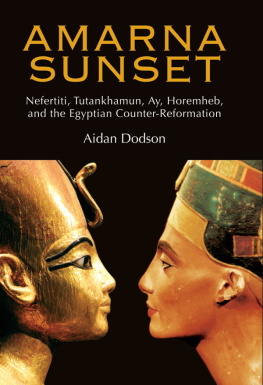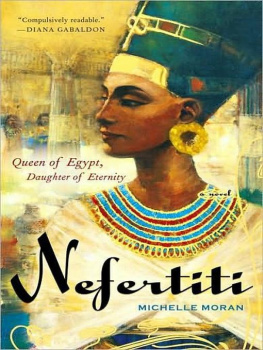Joann Fletcher - The Search for Nefertiti: The True Story of an Amazing Discovery
Here you can read online Joann Fletcher - The Search for Nefertiti: The True Story of an Amazing Discovery full text of the book (entire story) in english for free. Download pdf and epub, get meaning, cover and reviews about this ebook. City: New York, year: 2004, publisher: William Morrow, genre: History / Science. Description of the work, (preface) as well as reviews are available. Best literature library LitArk.com created for fans of good reading and offers a wide selection of genres:
Romance novel
Science fiction
Adventure
Detective
Science
History
Home and family
Prose
Art
Politics
Computer
Non-fiction
Religion
Business
Children
Humor
Choose a favorite category and find really read worthwhile books. Enjoy immersion in the world of imagination, feel the emotions of the characters or learn something new for yourself, make an fascinating discovery.

- Book:The Search for Nefertiti: The True Story of an Amazing Discovery
- Author:
- Publisher:William Morrow
- Genre:
- Year:2004
- City:New York
- Rating:4 / 5
- Favourites:Add to favourites
- Your mark:
The Search for Nefertiti: The True Story of an Amazing Discovery: summary, description and annotation
We offer to read an annotation, description, summary or preface (depends on what the author of the book "The Search for Nefertiti: The True Story of an Amazing Discovery" wrote himself). If you haven't found the necessary information about the book — write in the comments, we will try to find it.
After years of intense research, Dr. Joann Fletcher has answered the questions countless researchers before her could not. While studying Egyptian royal wigs, she read a brief mention of an unidentified and mummified body, discovered long ago and believed to belong to an Egyptian of little importance. This body happened to have a wig, which Dr. Fletcher knew was a clear sign of power. After examining the hairpiece and the woman to which it belonged, to the astonishment of her colleagues she identified this body as the missing remains of Queen Nefertiti.
The search for Nefertiti had ended. She had been found. But the questions were just beginning.
Nefertiti first rose to prominence in Egyptology in 1912, when a three-thousand-year-old bust of the queen was unearthed and quickly became a recognizable artifact around the world. But pieces of Nefertitis life remained missing. The world had seen what she looked like, but few knew about her place in history.
Virtually nothing is recorded about Nefertitis early years. What is known about her life starts with her rise to power, her breaking through the sex barrier to rule as a virtual co-Pharaoh alongside her husband, Akhenaten. Upon his death she took full control of his kingdom. The Egyptian people loved her and celebrated her beauty in art, but the priests did not feel the same way. They believed Nefertitis power over her husband was so great that she would instill her monotheistic beliefs upon him, rendering their own power obsolete. Egyptologists concur that it was these priests who, upon Nefertitis death, had her name erased from public record and any likeness of her defaced. This ultimately led to her being left out of history for three thousand years.
InThe Search for NefertitiDr. Fletcher, an esteemed Egyptologist, traces not only her thirteen-year search for this woman, whose beauty was as great as her power, but also brings to the forefront the way Egypts royal dead have been treated over time by people as varied as Agatha Christie and Adolf Hitler. She also explores how modern technology and forensics are quickly changing the field of archaeology and, in turn, what we know about history.
Joann Fletcher: author's other books
Who wrote The Search for Nefertiti: The True Story of an Amazing Discovery? Find out the surname, the name of the author of the book and a list of all author's works by series.

